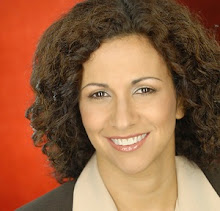The Goose Story
This fall when you see geese heading south for the winter, flying together in "V" formation, you might be interested to know what science has discovered about why they fly that way: We know that as each bird flaps its wings, it creates uplift for the bird immediately following. By flying in a "V" formation, the whole flock adds at least 71% greater flying range than if each bird flew on its own. Whenever a goose falls out of formation, it suddenly feels the drag and resistance of trying to do it alone, and quickly gets into formation to take advantage of the lifting power of the bird immediately in front.
When the lead goose gets tired, he or she rotates back in the wing and another goose flies point. The geese honk from behind to encourage those up front to keep up their speed. Finally, when a goose gets sick or is wounded by gunshots and falls out, two other geese will also fall out of formation and follow him down to help and protect him. They stay with him until he is either able to fly or until he is dead, and they then launch out on their own or with another formation to catch up with the group.
If we have the sense of a goose, we will stand by each other like that.
- Source Unknown
Working in isolation just doesn't make sense.
The truth is, we are so much more effective, creative, energized when we work in partnership with others. Toward a shared vision, a common goal. Helping one another along the way. This type of collaboration, so far from hindering our success, instead brings it nearer, more rapidly and easily than if we attempt to go it alone.
Teamwork, delegation of responsibility, and mutual accountability are vital factors in optimizing performance. In fact, it is only when we fly in V-formation that we — as individuals and members of the larger community — can truly soar.




No comments:
Post a Comment